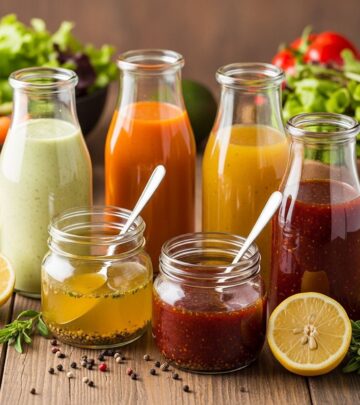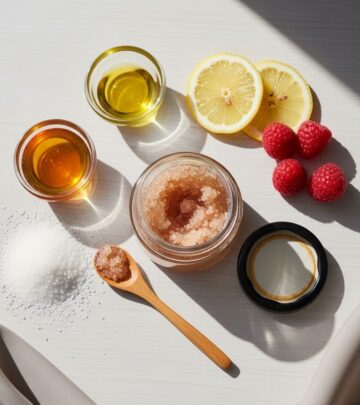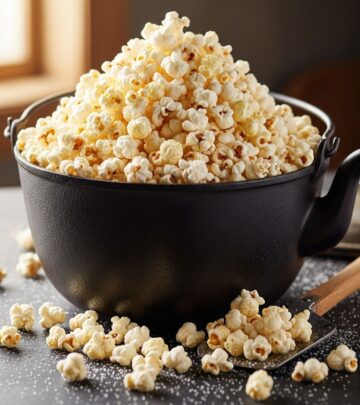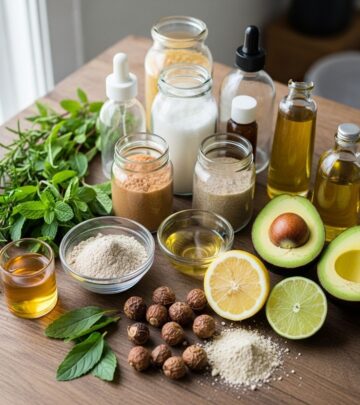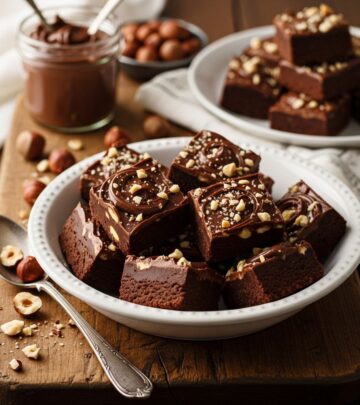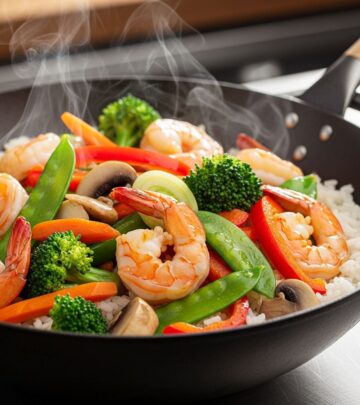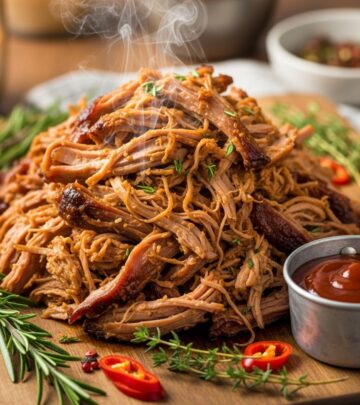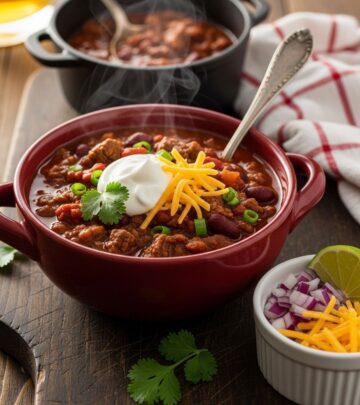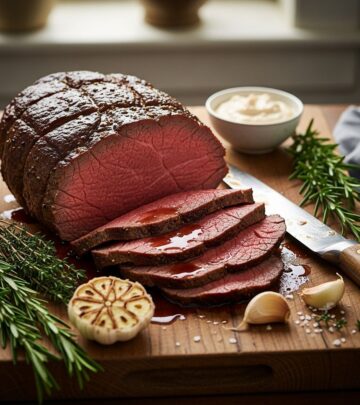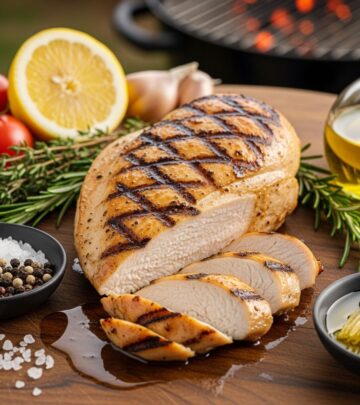Chicken Katsu Recipe: 6-Step Guide For Crispy Crunch
Discover how to make authentic Chicken Katsu: Japanese-style crispy fried chicken cutlets, perfect for weeknight dinners or special occasions.
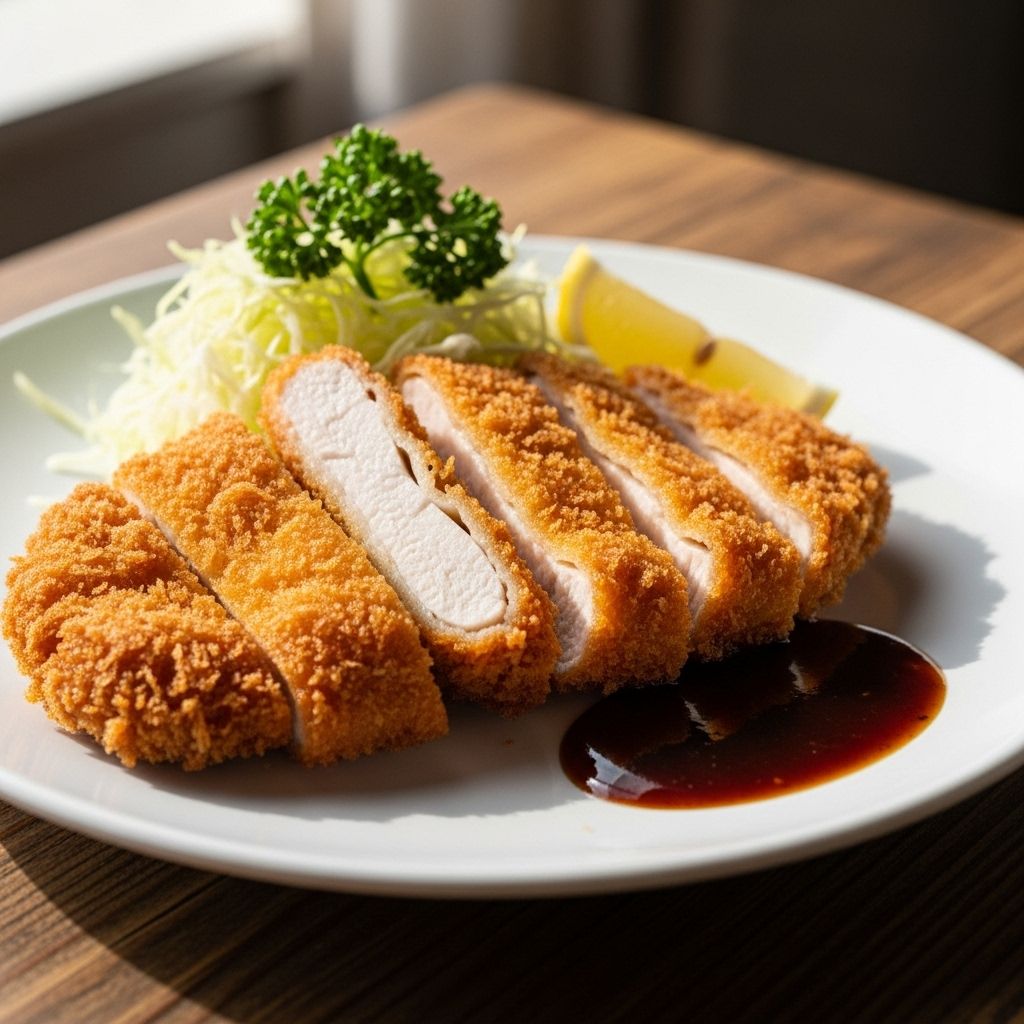
Image: HearthJunction Design Team
Chicken Katsu: Crispy Japanese Fried Chicken at Home
If you’ve ever savored the satisfying crunch of Chicken Katsu at a Japanese restaurant, you’ll be delighted to discover how easily you can recreate this crowd-pleasing dish in your own kitchen. This comprehensive guide walks you through the essentials of Chicken Katsu, from its origin and ingredients to expert preparation tips, serving ideas, and frequently asked questions. Whether you’re a beginner or a seasoned home cook, this article will help you master the art of this Japanese classic.
What Is Chicken Katsu?
Chicken Katsu is a beloved Japanese comfort food featuring juicy chicken cutlets, coated in a crisp and golden layer of panko bread crumbs, then fried until perfectly crunchy. ‘Katsu’ comes from the English word ‘cutlet’, and while it’s commonly made with pork (tonkatsu), the chicken variation is especially popular for its tenderness and versatility. Chicken Katsu is often served with steamed rice, shredded cabbage, and a savory tonkatsu sauce, making it a complete and satisfying meal.
Chicken Katsu Ingredients
You only need a handful of straightforward ingredients to prepare authentic Chicken Katsu:
- Chicken: Four boneless, skinless chicken breast halves are ideal for this recipe. Pound them to an even thickness for quicker, more even cooking.
- Salt and Pepper: Simple seasonings enhance the flavor of the chicken without overpowering it.
- All-Purpose Flour: Helps create a base layer for the egg and panko to adhere to, sealing in moisture and flavor.
- Egg: Acts as a binder, ensuring the panko sticks to the chicken during frying.
- Panko Bread Crumbs: Japanese-style panko produces the signature crunch that sets Chicken Katsu apart from Western-style breaded chicken. Don’t substitute with regular breadcrumbs for this dish.
- Oil: Use a neutral, high-smoke-point oil like canola or vegetable oil for frying to achieve a light, crispy texture without imparting unwanted flavors.
Step-by-Step Guide: How to Make Chicken Katsu
Making Chicken Katsu at home is straightforward and requires minimal prep time. Here’s a detailed breakdown of the steps involved:
- Prepare Ingredients: Pat chicken breasts dry and season both sides with salt and pepper.
- Set Up Breading Station: Arrange three shallow dishes: one with flour, one with a beaten egg, and one with panko bread crumbs.
- Dredge the Chicken:
- Coat each chicken breast first in flour, making sure to shake off any excess.
- Dip into the beaten egg, ensuring a complete, even coating.
- Press into the panko crumbs until fully covered, gently pressing so the crumbs adhere well.
- Heat Oil: Pour about ½ inch of oil into a large skillet or deep frying pan. Heat over medium-high until oil shimmers (about 350°F/175°C).
- Fry the Chicken: Carefully lay the breaded chicken into the hot oil. Cook 3–4 minutes per side or until golden brown and cooked through. Avoid overcrowding the pan—work in batches if needed.
- Drain and Rest: Transfer cooked chicken to a plate lined with paper towels to drain excess oil. Let rest for a few minutes before slicing into strips.
Cooking Tips For Perfect Chicken Katsu
- Pound the chicken to even thickness for uniform cooking and tenderness.
- Use panko bread crumbs for the best crunchy texture.
- Maintain oil temperature at around 350°F—too hot and the coating burns before the chicken cooks; too cool and the breading absorbs excess oil.
- Let breaded chicken sit for a few minutes before frying to help the coating adhere better.
- For a lighter version, bake or air-fry the chicken instead of deep frying (see Variations section below).
Serving Suggestions
Chicken Katsu is traditionally served with:
- Steamed Japanese Rice: Complements the savory chicken and soaks up sauce.
- Shredded Cabbage: Adds freshness, crunch, and balances the richness of the fried chicken.
- Tonkatsu Sauce: A sweet, tangy, and savory Japanese condiment akin to Worcestershire sauce, perfect for dipping or drizzling.
For a well-rounded meal, you can also serve Chicken Katsu alongside pickled vegetables, miso soup, or a simple cucumber salad.
Popular Chicken Katsu Variations
- Chicken Katsu Curry: Serve katsu with a generous ladle of rich Japanese curry sauce and steamed rice. The combination of crispy cutlet and aromatic curry is irresistible.
- Kid-Friendly Katsu: Use chicken tenders or nuggets instead of breast halves for easier handling and a fun presentation for kids. Season more mildly and offer ketchup or a mild sauce on the side.
- Air Fryer Chicken Katsu: Lighten up the dish by air frying breaded chicken at 400°F for about 18 minutes, flipping midway. Spray lightly with oil for extra crispiness. This reduces the amount of oil absorbed and makes cleanup easier.
- Katsu Sandwich: Slice cooked katsu and serve between slices of fluffy Japanese milk bread (shokupan) with shredded cabbage and tonkatsu sauce.
Storing and Reheating Chicken Katsu
- Storage: Let leftovers cool completely. Refrigerate in an airtight container for up to 3 days.
- Reheating: To preserve crispiness, reheat in a toaster oven or conventional oven at 350°F until hot, about 10–12 minutes. Avoid microwaving, as this will soften the crispy coating.
- Freezing: Breaded, uncooked chicken cutlets can be frozen on a tray, then transferred to a freezer bag for up to 1 month. Fry directly from frozen, adding extra cooking time as needed.
Nutritional Considerations
The calorie count for Chicken Katsu reflects the total amount of breading and oil used, but the actual crust and oil consumption may vary depending on preparation method and portion size. For a lighter dish, opt for baking or air frying instead of deep frying, and serve with extra vegetables.
Chicken Katsu FAQ
What is the difference between Chicken Katsu and Tonkatsu?
Chicken Katsu uses boneless chicken breast cutlets, while Tonkatsu is made with pork cutlets. Both are breaded with panko and deep-fried.
Can I prepare Chicken Katsu in advance?
Yes! Bread the chicken ahead of time and refrigerate for up to 6 hours before frying. For best results, fry just before serving to ensure maximum crispiness.
What is the best oil for frying Chicken Katsu?
Choose neutral oils with a high smoke point, such as canola, vegetable, sunflower, or peanut oil.
How do I make homemade Chicken Katsu sauce?
Mix 2 tablespoons ketchup, 1 tablespoon Worcestershire sauce, 1 tablespoon soy sauce, and 1 teaspoon sugar until well combined. Adjust to taste.
Can I use chicken thighs?
Yes, boneless skinless chicken thighs are also delicious and remain moist after frying. Adjust cooking time as needed.
Comparison: 3 Chicken Katsu Variations
| Variation | Main Protein | Cooking Method | Special Notes |
|---|---|---|---|
| Classic Chicken Katsu | Chicken breast | Deep or pan fry | Most authentic; incredibly crispy |
| Air Fryer Chicken Katsu | Chicken breast or tenders | Air fry | Healthier, less oily |
| Chicken Katsu Curry | Chicken breast | Fried, served with curry sauce | Rich, hearty, and saucy |
Tips for Success
- Use fresh panko for maximum crunch.
- Don’t overcrowd the pan—this drops the oil temperature, resulting in soggy katsu.
- Let fried chicken rest briefly to keep juices inside.
- Pair with fresh lemon wedges for a zesty finish.
Conclusion
Chicken Katsu is a delicious and approachable way to enjoy Japanese cuisine at home. With its crispy panko crust and juicy interior, it’s sure to become a family favorite. Once you master the basics, feel free to experiment with serving styles, sauces, and accompaniments to make this dish your own. Whether you stick to the traditional recipe or try out a healthier air-fried version, the satisfying crunch and savory flavor of Chicken Katsu will keep you coming back for more.
Frequently Asked Questions (FAQ)
Can I make Chicken Katsu gluten-free?
Yes! Substitute all-purpose flour and panko with gluten-free alternatives available at many supermarkets.
How do I know when the chicken is fully cooked?
The internal temperature should reach 165°F (74°C), and juices should run clear when cut.
Is Chicken Katsu kid-friendly?
Absolutely! The mild seasoning and fun crunch make it a hit with kids, especially when served in bite-sized portions or sandwiches.
What are some traditional sides to serve with Chicken Katsu?
Steamed rice, shredded cabbage, miso soup, Japanese pickles, or potato salad are all excellent choices.
References
- https://www.allrecipes.com/recipe/72068/chicken-katsu/
- https://www.allrecipes.com/recipe/282973/chicken-katsu-curry/
- https://www.allrecipes.com/recipe/75981/ashleys-chicken-katsu-with-tonkatsu-sauce/
- https://www.allrecipes.com/recipe/274927/kid-friendly-chicken-katsu/
- https://www.allrecipes.com/recipe/278708/air-fryer-chicken-katsu-with-homemade-katsu-sauce/
Read full bio of Shinta

